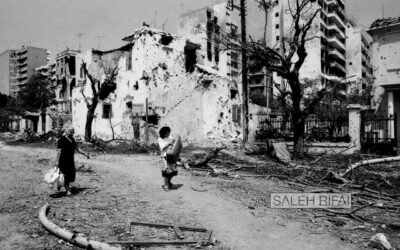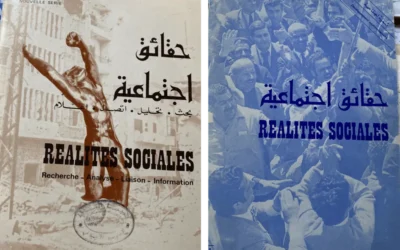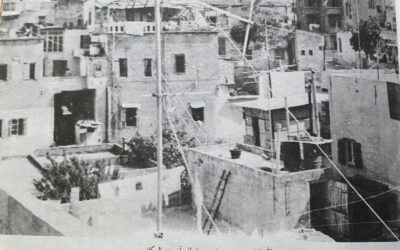Due to the large number of disabled people in the Lebanese war, including fighters and civilians who were injured by shelling, sniping, and explosions, the “Beit Chabeb Center for war disabled” was established in early 1976. One of its essential goals was the rehabilitation of people with disabilities. Many specialists worked at that center, including social workers who took upon themselves the responsibility of assisting these people’s families, socially, economically, and in their lives. Due to the increasing numbers and to follow up on the disabled who left the Beit Chabeb center and to help them reintegrate into their environment, another center in Sin el-Fil emerged with direct support from the “Department of Social Welfare”. The management of this center was entrusted to a social worker, Mrs. Marie-Rose Rahme Awwad who worked at “Beit Chabeb Center for war disabled”. With a multidisciplinary team, she tried with determination, persistence, and efficiency to support the war disabled and to help them regain some of their independence, through rehabilitation, and productive and social programs; she secured the beginning of a decent life for them. All that was under difficult security conditions until the 1990 War of Elimination which destroyed the center and ended what had begun, ending the hopes and dreams of its employees as well as its beneficiaries. Mrs. Awwad said: “We had to invent everything: the work methods, the possibilities of providing appropriate equipment and programs, and cooperation with the associations and institutions supporting our work”.
Lebanese Context
COMING SOON




